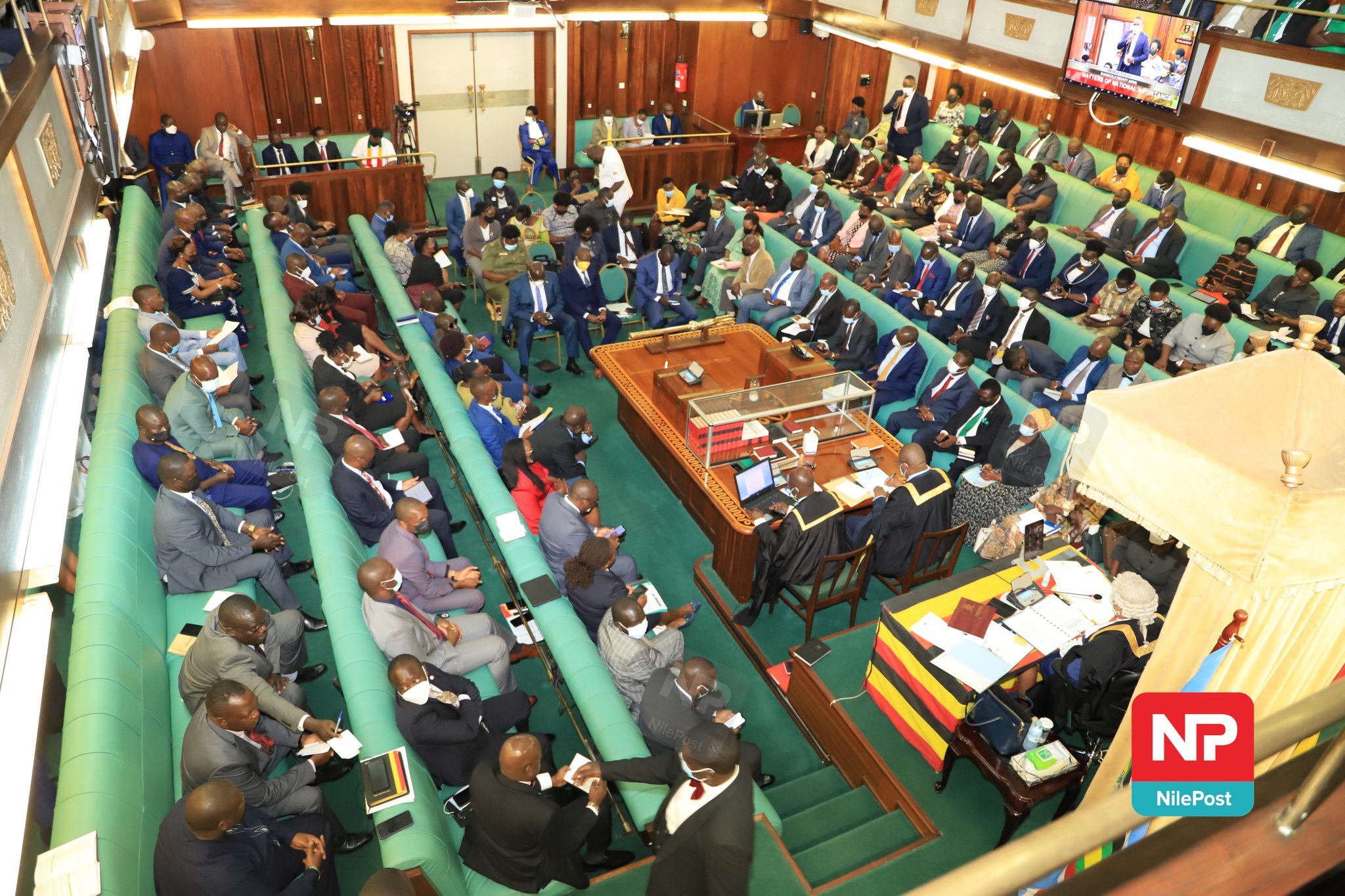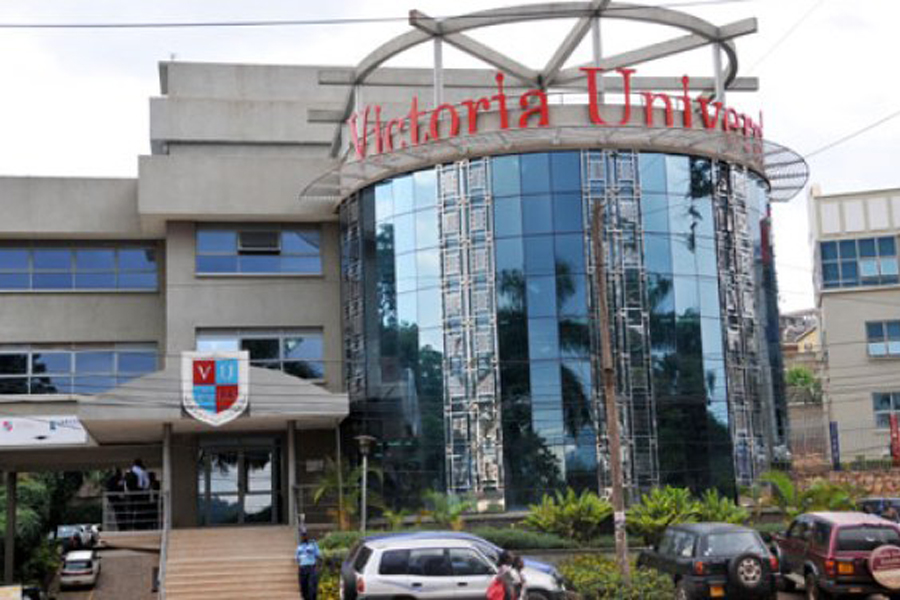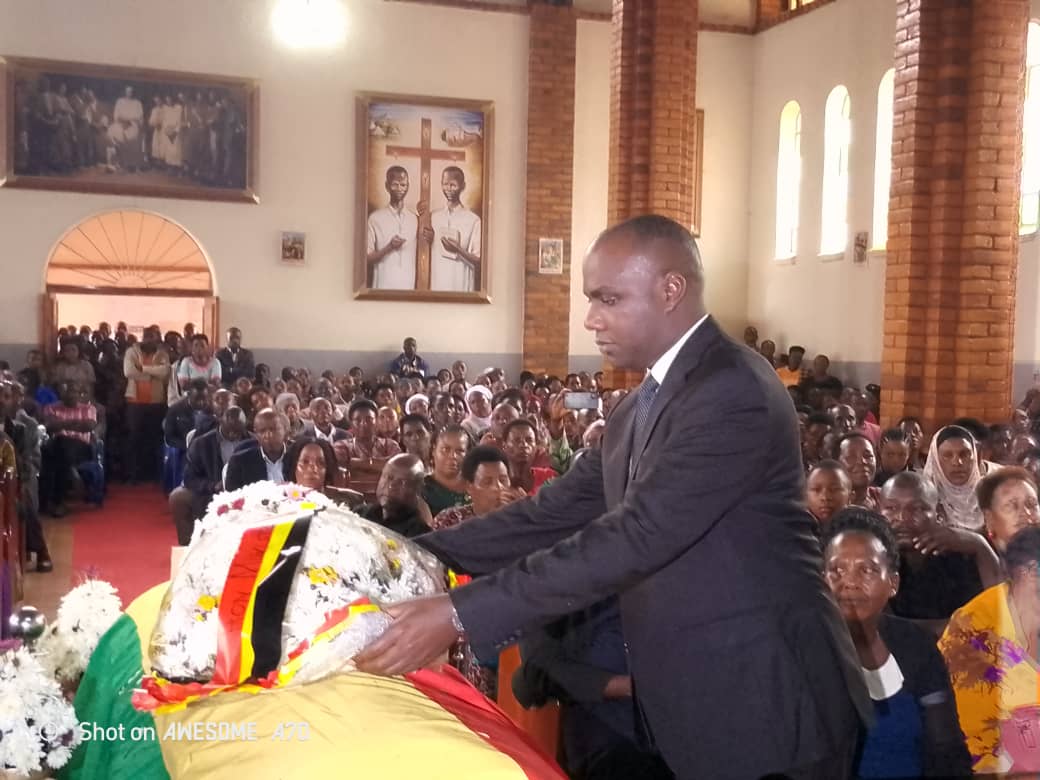Two passenger planes in harrowing near-collision ordeal in Somaliland

Conflicting signals can potentially cause air crash if two planes are in proximity of each other.
Two passenger planes were within minutes from midair collision over the Somaliland airspace on Sunday, March 24.
The harrowing incident has led to authorities raising ringing alarm over air traffic control competency in East Africa with the Somaliland Civil Aviation and Support Authority issuing a strong warning that air traffic control was deteriorating at alarming rate.
"On the night of Sunday, March 24, at approximately 12:43am East Africa Time, a harrowing incident unfolded in the skies over East Africa as Emirates Airways flight UAE722 and Ethiopian Airlines flight ETH690, both flying at an altitude of 37,000 feet, narrowly escaped a potential collision," Somaliland Civil Aviation and Support Authority (SCAA) said in a statement.
It said the incident occurred due to conflicting instructions issued by the Air Traffic Control (ATC) in Mogadishu, which allegedly directed both aircraft to converge at the same time and location.
The incident appears to be a textbook from recent ones.
Last month, reports surfaced that an Ethiopian Airline plane bound for Dubai, UAE, almost collided with a Qatar Airways plane headed for Entebbe, Uganda, after receiving wrong signals from Mogadishu.
In the particular case, it was revealed that ATC transmissions from Houthi rebels in Hargeisa were the cause of the deadly conflicting signals.
The ATC from Hargeisa are designed to mimic official ones from Mogadishu Control and are not identified as separate or distinct from it, according to OpsGroup, and are designed to sow confusion as opposed to traffic deconfliction.
Conflicting signals can potentially cause air crash if two planes are in proximity of each other.
The SCAA said last Sunday's potential tragedy was averted by the quick-thinking and decisive actions of Somaliland Air Traffic Controllers, in collaboration with the pilot of Ethiopian Airlines.
"Catastrophe was averted as the ETH690 pilot swiftly ascended to 39,000 feet, mere moments before disaster could have struck," it said.
Authorities in both Somalia and Somaliland - an unrecognised state that is considered part of Somalia that has since 1991 functioned autonomously and sought independence - have blame each other for the conflicting ATCs.
Last month, Mogadishu blamed a similar conflicting ATC on Houthi rebels but the Somaliland Civil Aviation and Airports Authority countered that any problems and disruptions that occur in relation to the bogus ATC will be the responsibility of the Mogadishu government.
And in the latest incident, too, SCAA pushed the back on Mogadishu, saying it is "deeply concerning" that Mogadishu Controllers are recurrently making errors of this magnitude, posing significant threats to the safety of international flights traversing the region's airspace.
Mogadishu has yet to respond against the blame game.













